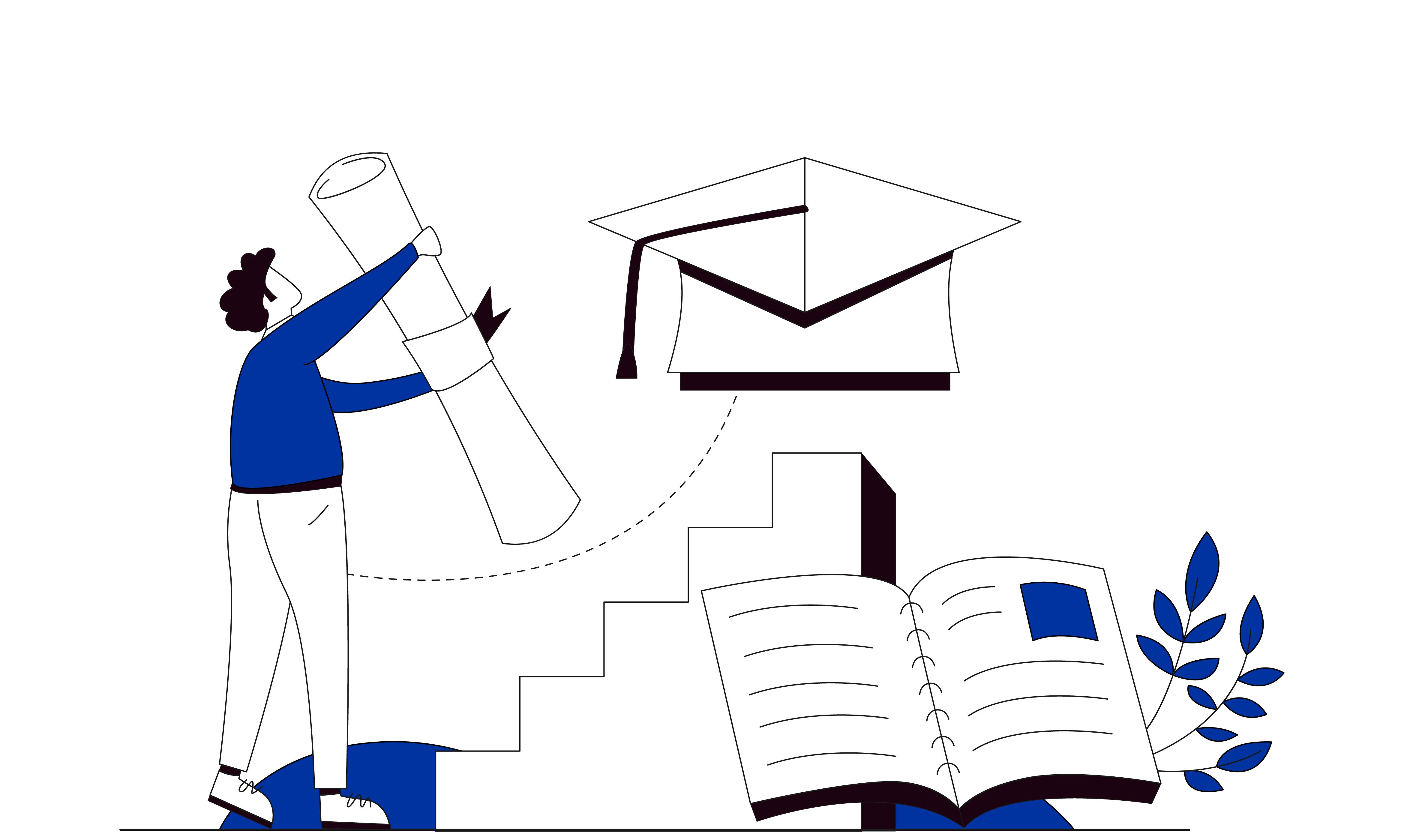How do people migrate?
Introduction to Module 5: How do people migrate?
The focus of this module is to introduce students to the various pathways people use to migrate. This includes analysing the geographic corridors that are most commonly used by migrants, recognizing the transportation methods that are used (air, sea, foot, etc), and understanding both the regular (authorized) and irregular (unauthorized) pathways that are used to migrate. Examples of irregular pathways include smuggling, trafficking of persons, etc.

Learning Objective
Students will be able to explain the modes of mobility utilized to migrate and how these have changed over time.
WMR Chapter Focus
This module will draw on the global and regional overview of migrants and migration in Chapters 2, 3, 5 and 9 of the World Migration Report 2024.
Proposed Schedule
1-2 class periods (50-100 minutes) plus independent student work.
- Class period one: Introduction, student resource sheet; text-based and figures-based questions.
- Class period two: Interactive Scenario: “Migrants and means of travel”

Student Assessment
There are several assessment options in this module and teacher may use some or all of them.
- Understanding the Basics: Questions based on the Student Resource Sheets
- Going Further:
- Text-based case study: Initiatives to counter human trafficking in the Philippines
- Data case study: Migration and mobility globally after Covid-19
- Interactive Scenario: Henley Passport Index
Evidence of Learning
Students will work together to complete a group activity that focuses on the movement of people around the world. The activity includes an oral presentation and a written reflection on the project. Details of the Evidence of Learning assessment is found in the ‘Scenario’ section of the module.
Starter Activity
Ask students what the difference is between voluntary and forced migration. Talk with them about some of the most common forms of forced migration. Then ask student to brainstorm about the most common modes of transportation people use to migrate. Students may be willing to talk about how their own families have moved within and/or to/from a country and for what reasons (parents’ work? other reasons?)
Interactive Visualization
Use the World Migration Report Interactive to explore the major migration routes that are used as people move around the world.